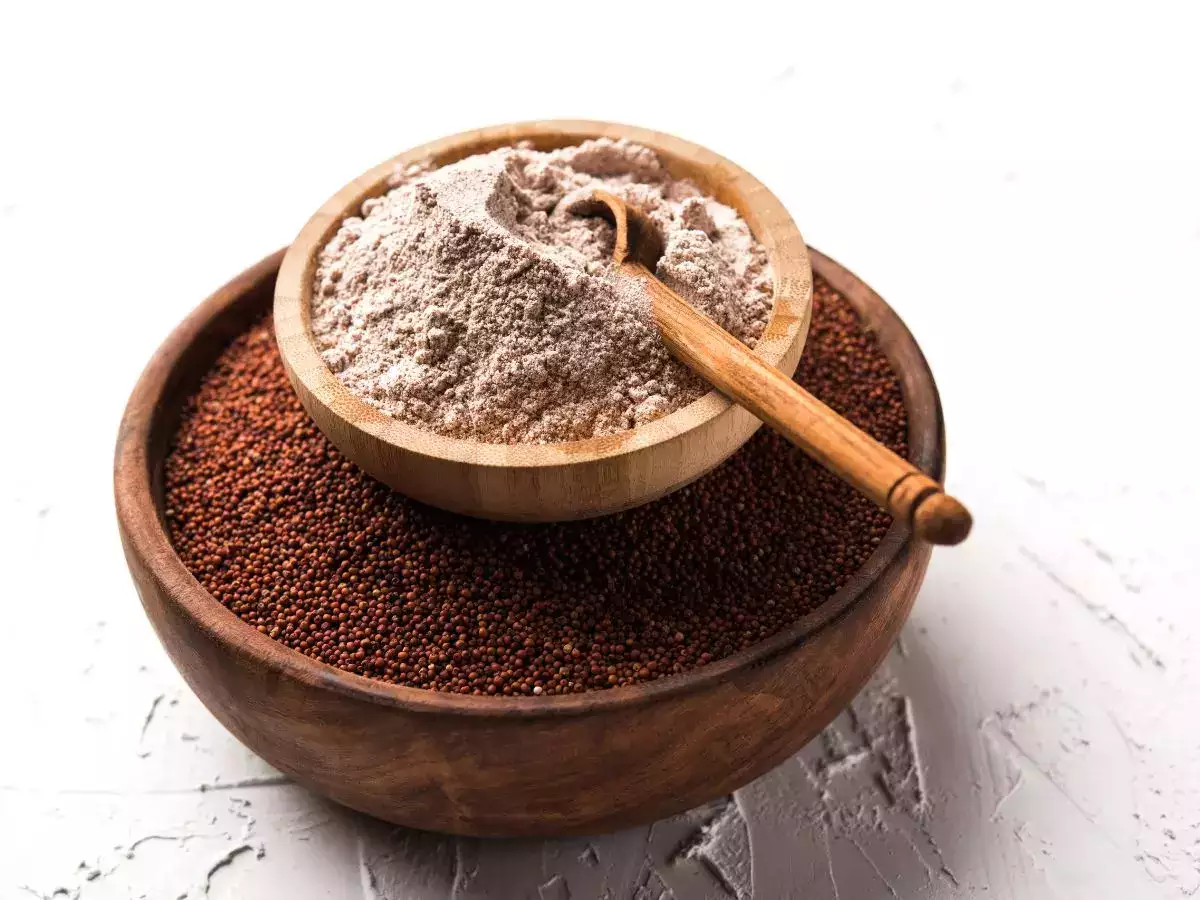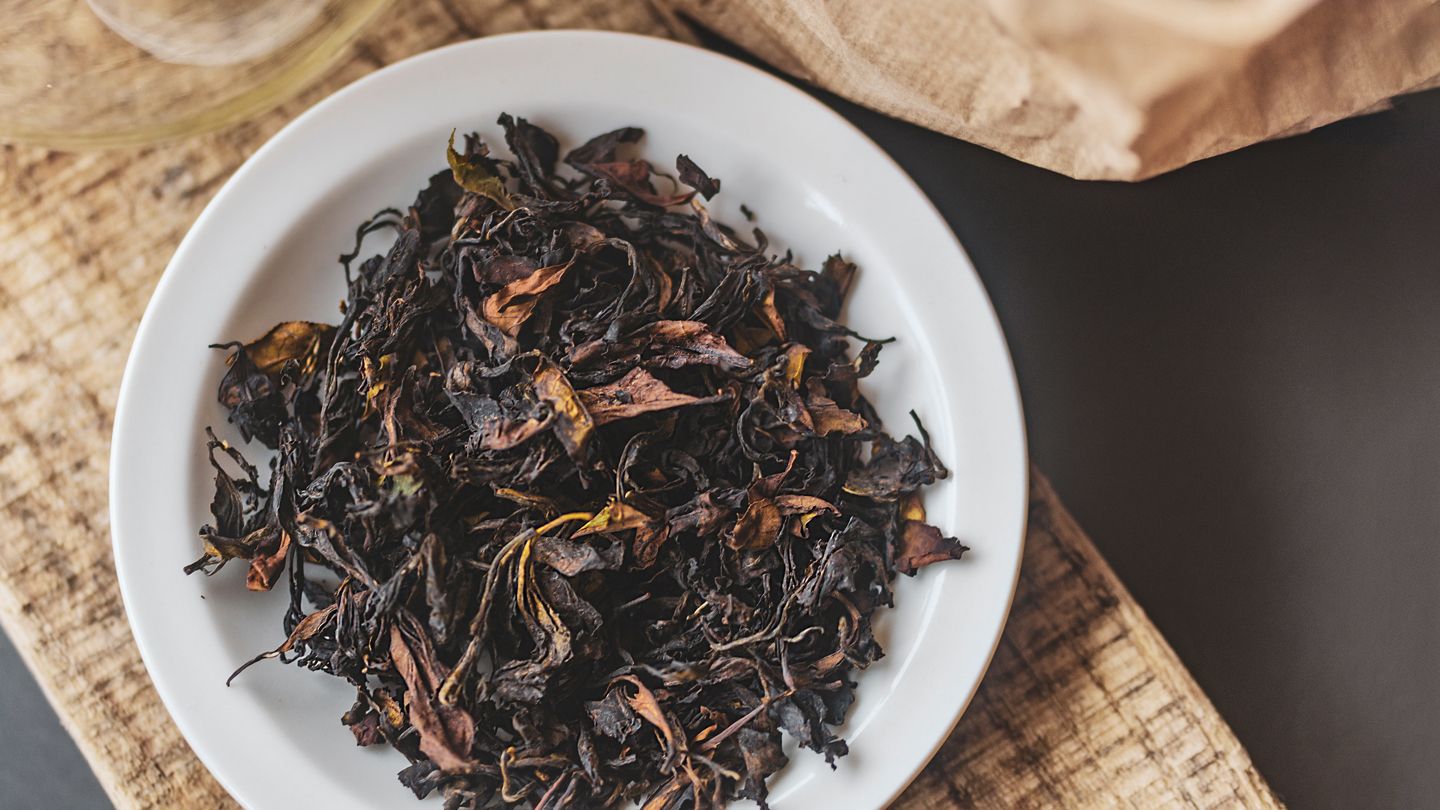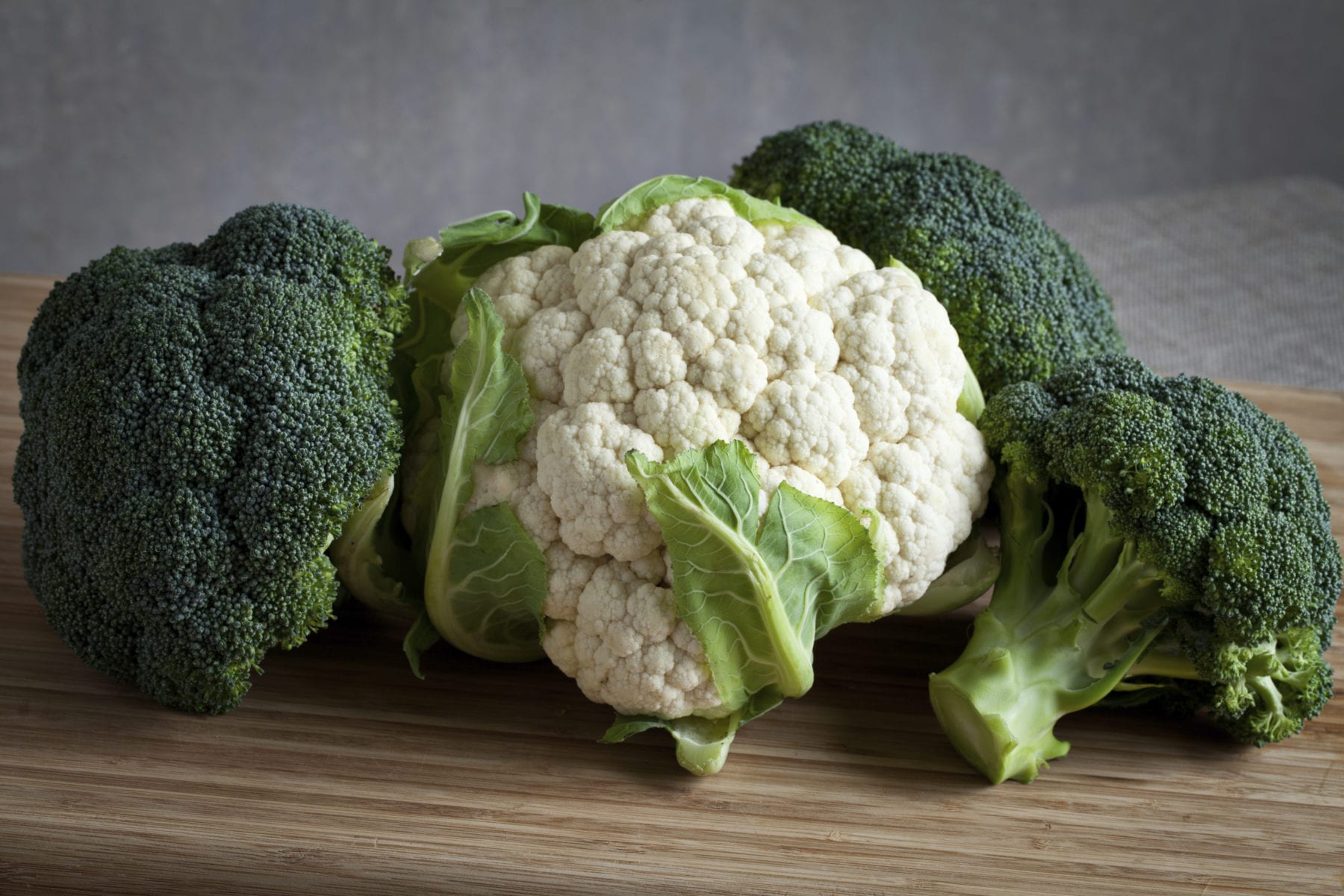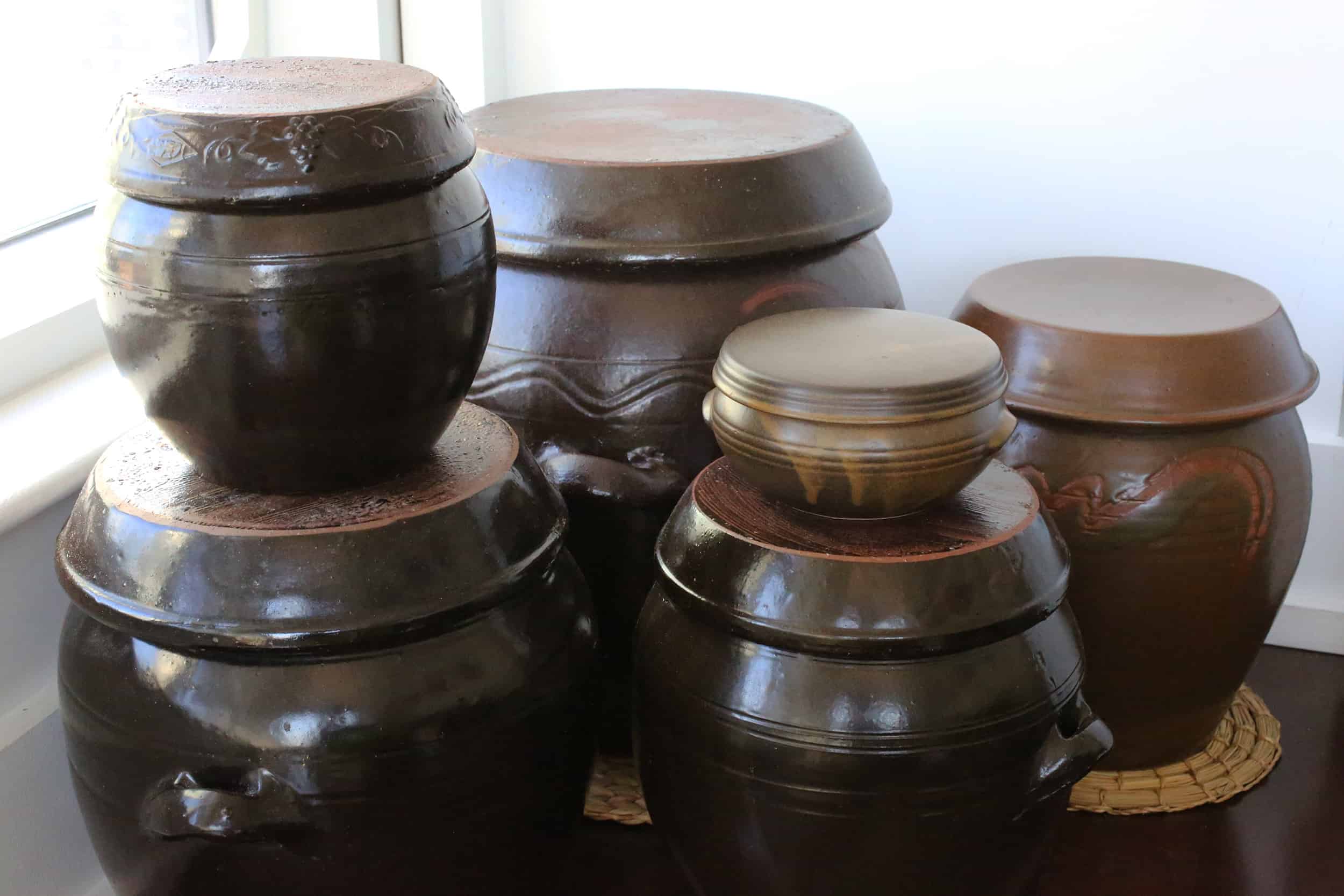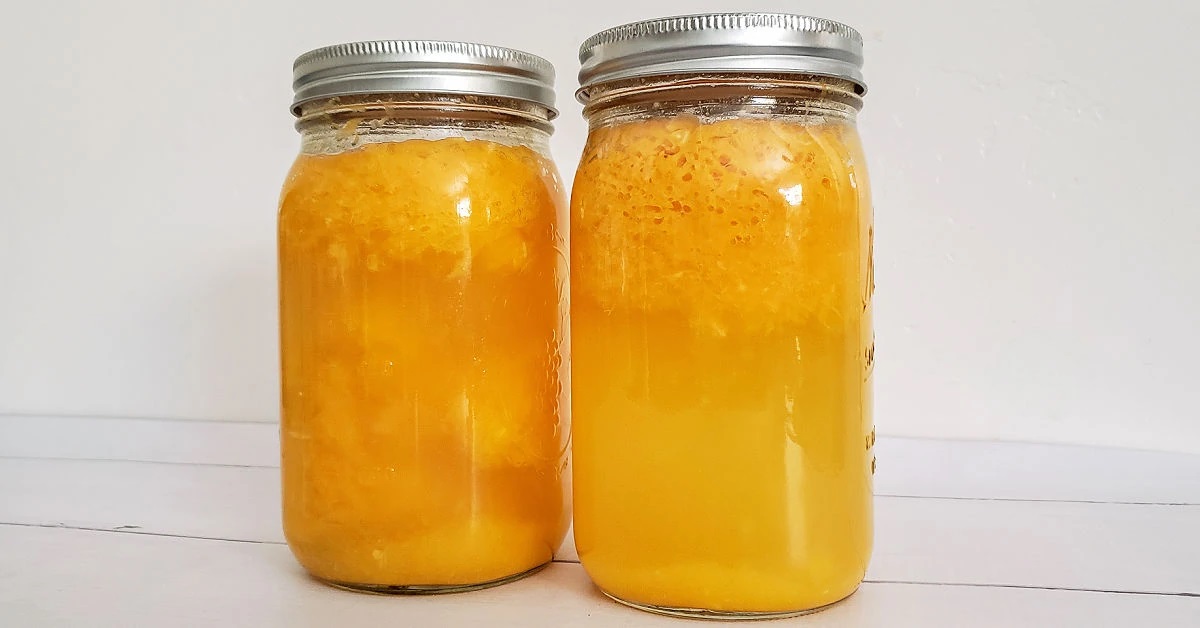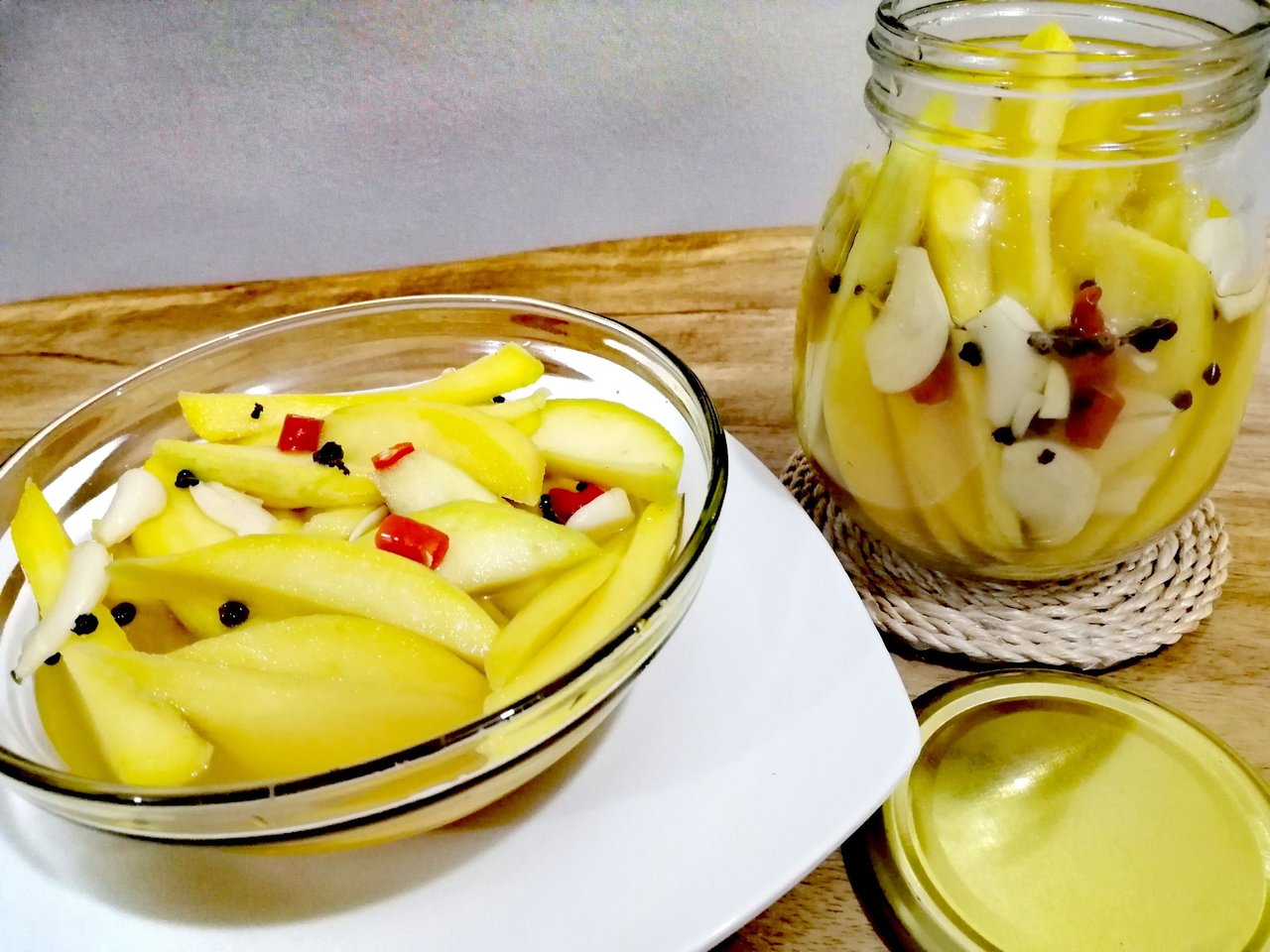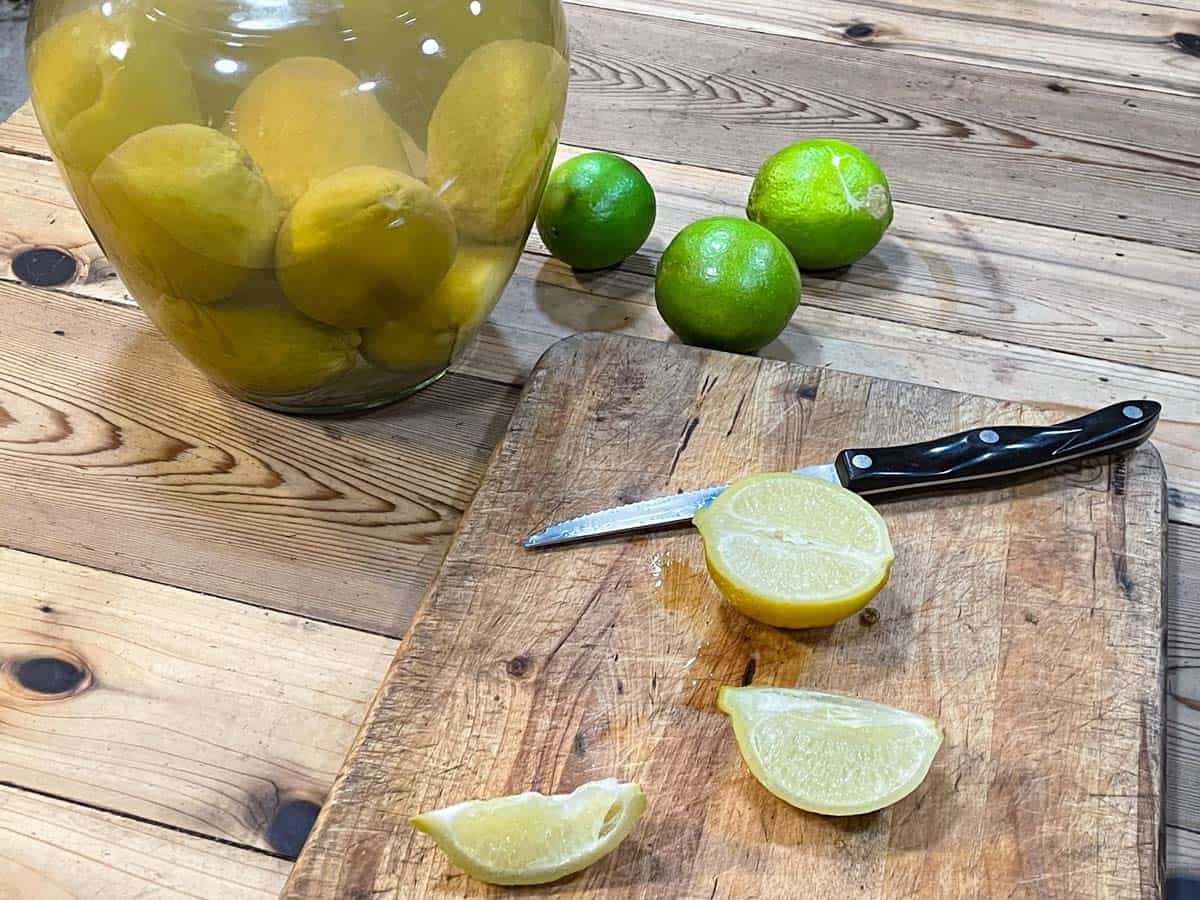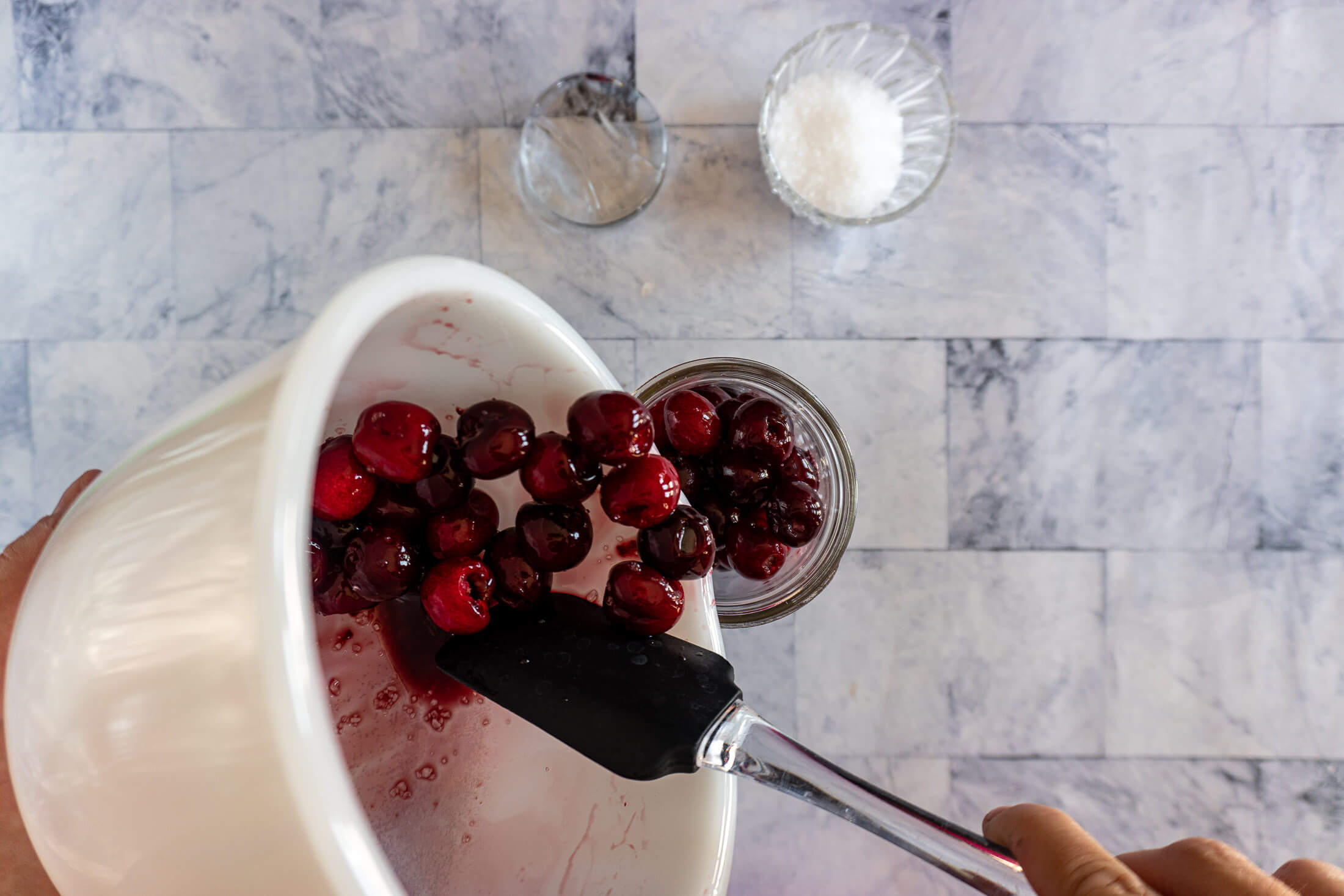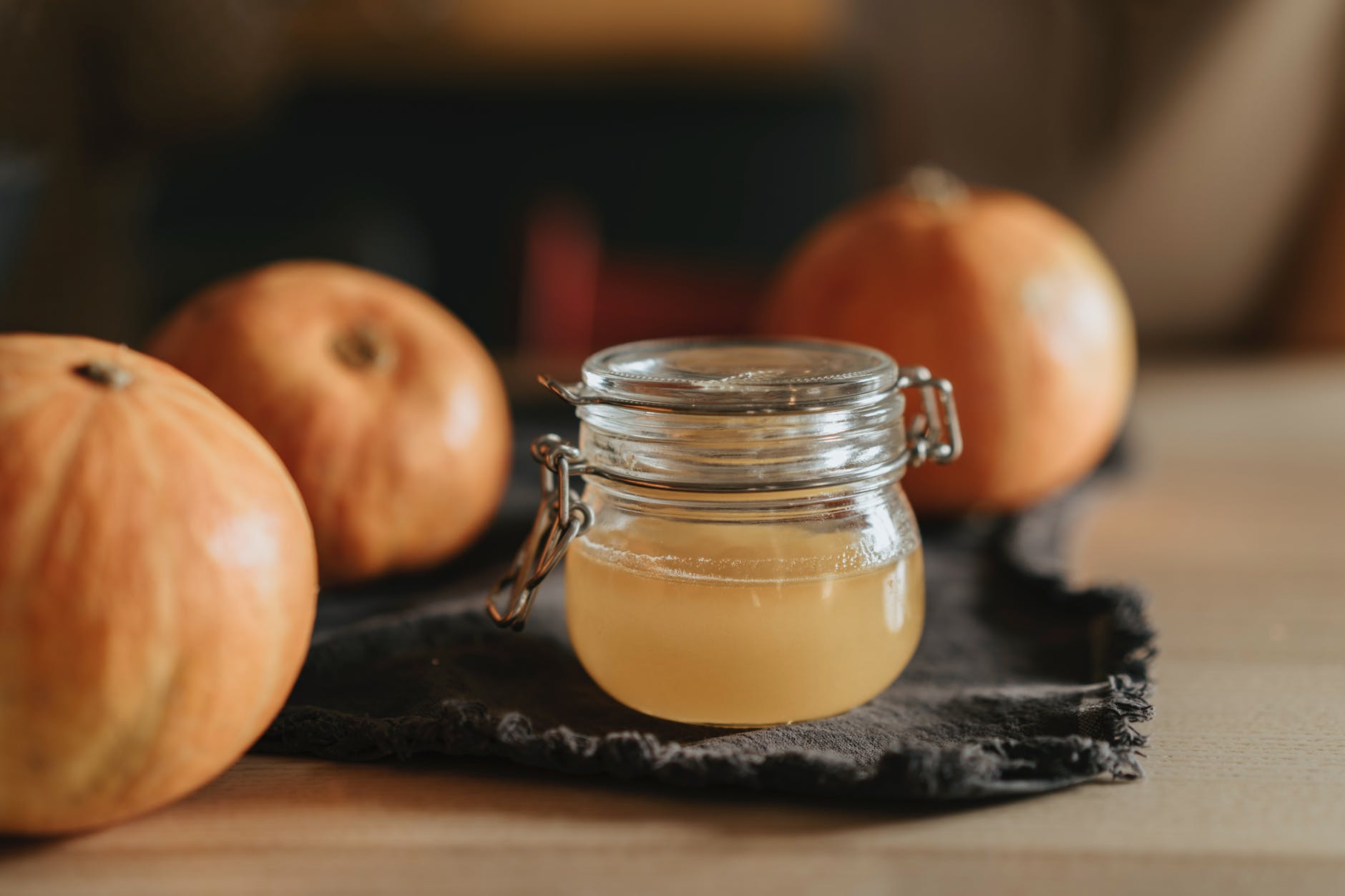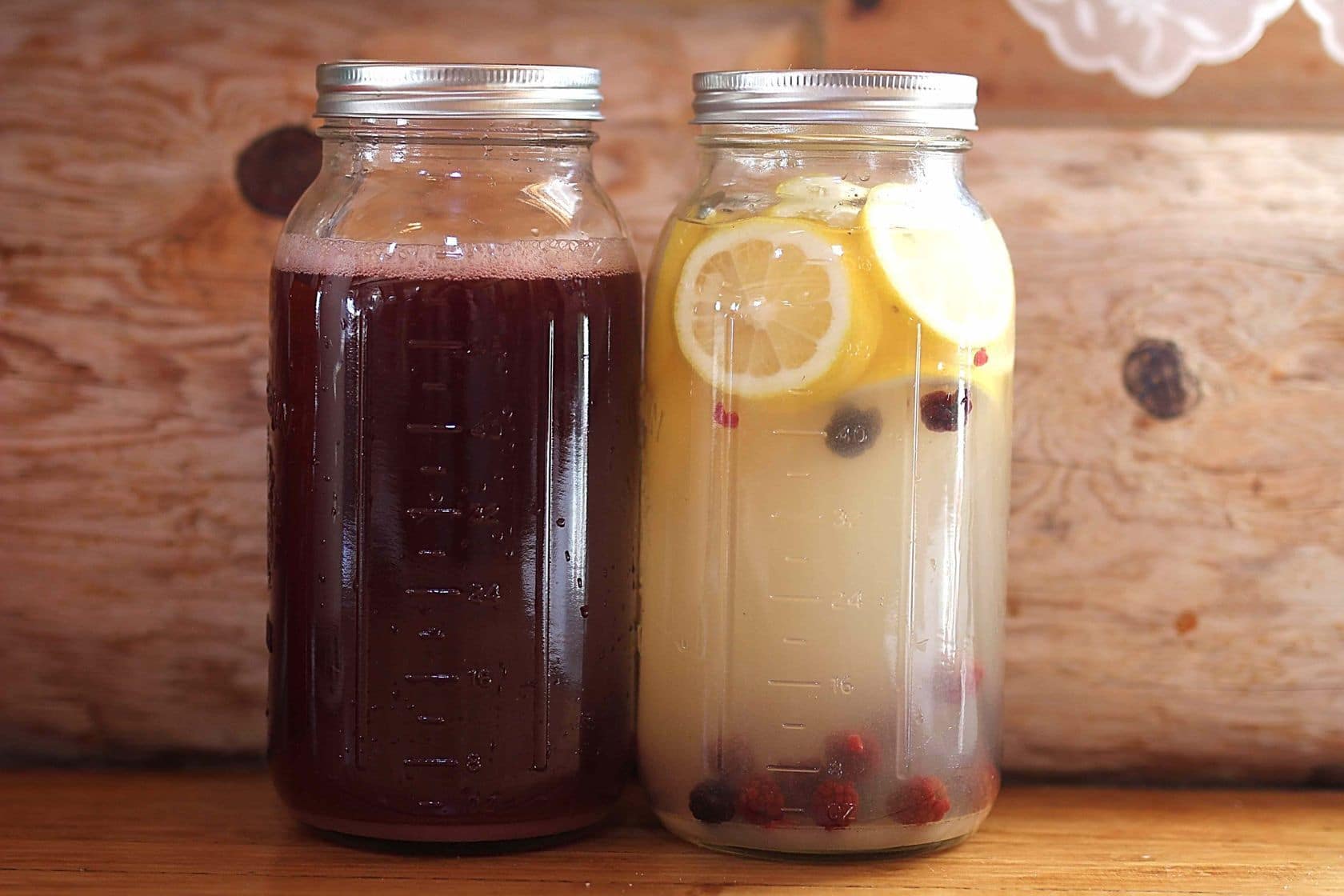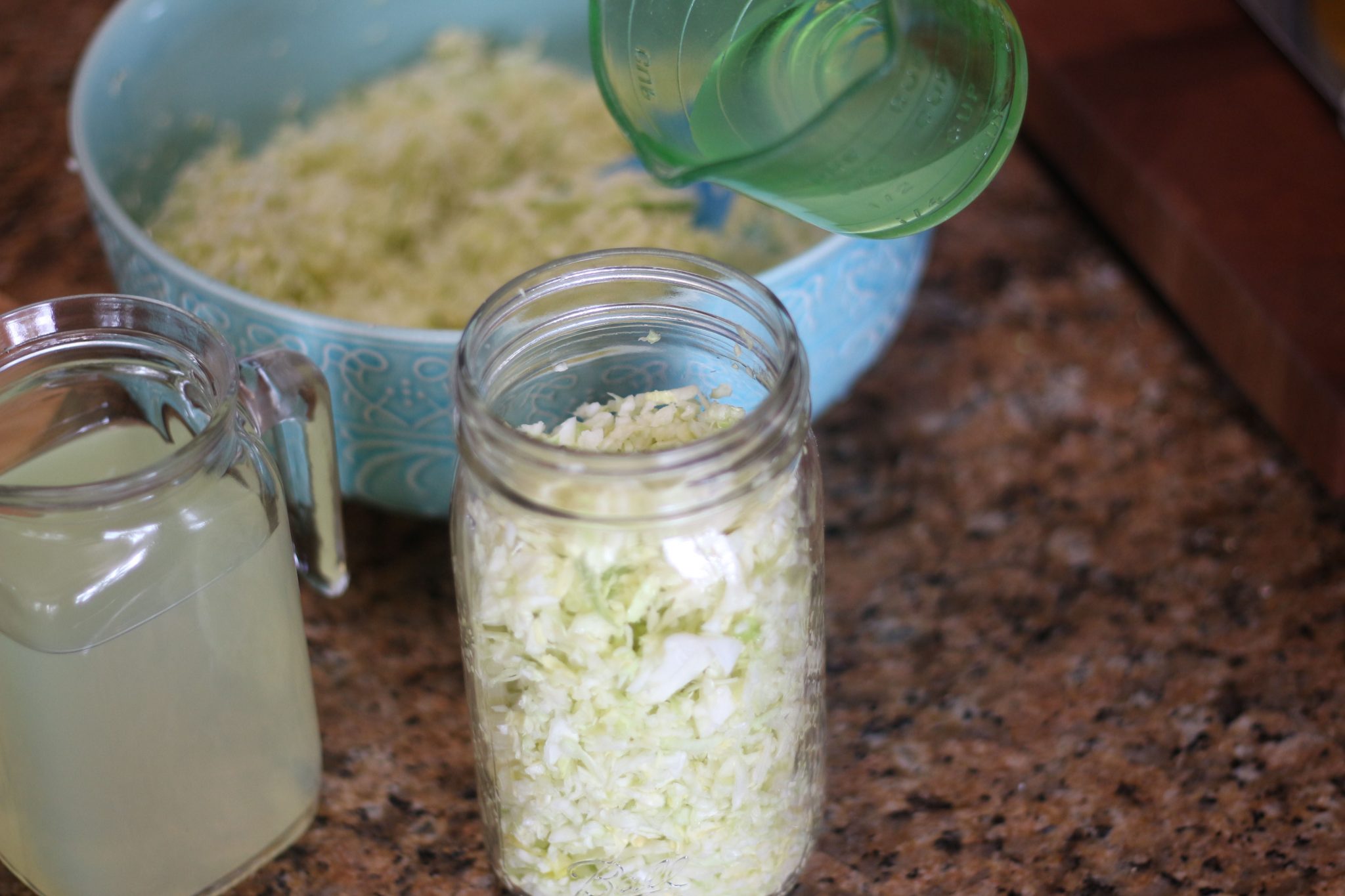Unlocking the Magic of Fermenting Grape Juice
Welcome to the wonderful world of fermenting grape juice! Whether you’re a wine enthusiast, a health-conscious individual, or simply curious about the art of fermentation, this ancient practice offers a myriad of benefits and a delightful end product. In this guide, we’ll explore the step-by-step process of fermenting grape juice at home, allowing you to create your own delicious and nutritious fermented beverage.
What You’ll Need
Before diving into the fermenting process, it’s important to gather the necessary supplies. Here’s what you’ll need:
- Fresh grape juice
- Yeast
- A large glass jar or fermentation vessel
- An airlock
- A stirring utensil
- Clean water
- A fine mesh strainer
- Bottles for storage
The Fermentation Process
Now that you have your supplies ready, it’s time to embark on the fermentation journey. Follow these simple steps to ferment grape juice:
- Prepare the Yeast: Activate the yeast by dissolving it in a small amount of warm water. Allow it to sit for a few minutes until it becomes frothy.
- Combine the Ingredients: Pour the fresh grape juice into the fermentation vessel. Add the activated yeast to the juice and stir gently to ensure it’s well mixed.
- Seal the Vessel: Place the airlock on the fermentation vessel to allow carbon dioxide to escape without letting air in. This prevents contamination during the fermentation process.
- Allow Fermentation: Store the vessel in a cool, dark place and let the magic of fermentation take place. Check on the progress periodically to ensure everything is proceeding as expected.
- Strain and Bottle: Once the fermentation process is complete, strain the fermented grape juice through a fine mesh strainer to remove any sediment. Transfer the liquid into clean, airtight bottles for storage.
- Enjoy Your Creation: Your homemade fermented grape juice is now ready to be enjoyed! Whether sipped on its own or used as a base for cocktails, this delightful beverage is a testament to the art of fermentation.
The Benefits of Fermented Grape Juice
Aside from its delicious taste, fermented grape juice offers a range of health benefits. Here are a few reasons to incorporate this delightful beverage into your lifestyle:
- Probiotic Power: Fermented grape juice is rich in probiotics, which promote gut health and aid in digestion.
- Nutrient Boost: The fermentation process enhances the bioavailability of nutrients in the grape juice, making it easier for your body to absorb essential vitamins and minerals.
- Antioxidant Content: Grapes are packed with antioxidants, and the fermentation process may increase their levels, offering potential anti-inflammatory and anti-aging benefits.
- Delicious Diversity: Experiment with different grape varieties and fermentation times to create a range of unique flavors and aromas, adding a touch of creativity to your beverage repertoire.
Conclusion
Fermenting grape juice is a rewarding and enjoyable process that yields a delicious and healthful beverage. By following the simple steps outlined in this guide, you can unlock the magic of fermentation in the comfort of your own home. Embrace the art of fermentation and savor the delightful results of your homemade fermented grape juice!
Was this page helpful?
Read Next: How To Ferment Grape Juice Without Yeast
